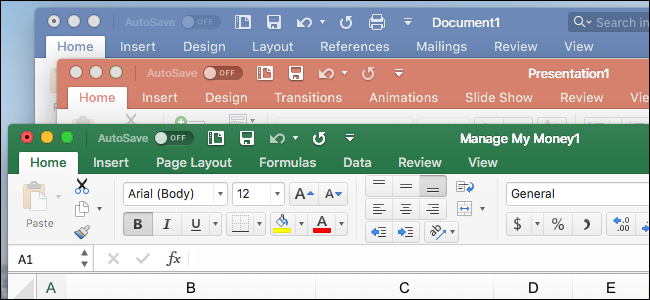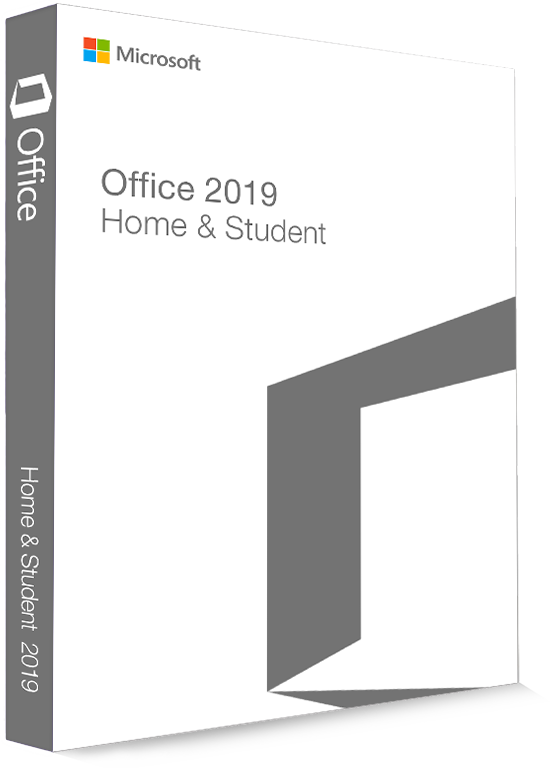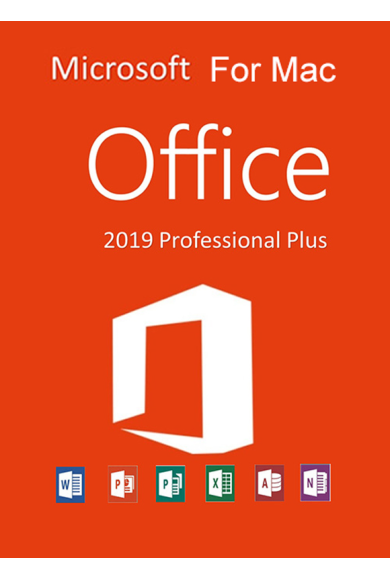

Microsoft provides another advantage to Office 365 subscribers: Even if a customer buys a $70 Personal subscription, that license is technically available to more than one device: one PC, one tablet, and one phone. After some future cut-off date, Microsoft will stop adding features. Office 2019 will add these new features-including improved inking, data analysis for Excel, Morph and Zoom transitions for PowerPoint, and more-but they’ll be more like a snapshot in time. But Microsoft periodically adds new features to the versions of the Office apps that ship with Office 365. Basic functions like spell-checking don’t change much from year to year. Owning a perpetual license to, say, Word, is enough for some. With Office 365, you’ll pay more, but the payment will be spread out over a longer period of time: Microsoft’s Office 365 Home costs $100 per year, for example.

(Microsoft did not announce a price for Office 2019, though Amazon sells a single copy of Microsoft Home & Business for $210.) Microsoft would prefer customers to sign up for Office 365 instead, however, which encourages customers to pay for Office on a monthly or annual basis, with new features and patches arriving regularly.

Microsoft calls Office 2019 a suite of “perpetual” apps, because customers will pay for them with a one-time fee, rather than a recurring subscription.


 0 kommentar(er)
0 kommentar(er)
